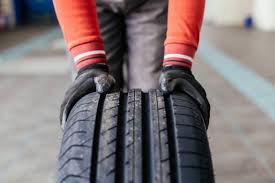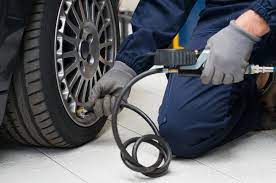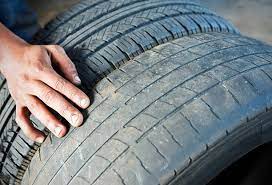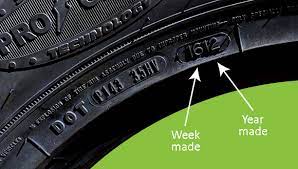
The rainy season is upon us and in Zimbabwe it usually rains throughout the festive period and beyond – a time often characterised by lots of long distance travelling.
In view of this, motorists need to be wary of the condition of their vehicle tyres. The state of your tyres plays a major role in your car’s roadworthiness and safety.
Checks
There are several checks that a vehicle owner should carry out before embarking on a journey so as to make sure one arrives safe and alive.
Firstly, a good tyre should have grip on the road which requires us to check tread depth. Your vehicle’s tyres need to have at least 1mm of tread for the vehicle to be considered roadworthy. Some tyres have a wear indicator and when the tread is level with it, the vehicle is considered unroadworthy and that tyre must be replaced.
It is always important to evaluate the tread depth of your tires to make sure you have enough traction to grip the road. There are several ways to do this and at times you can see the depth of your grip just by merely looking, that is if it is close to new.

You can also insert a match stick between the treads. If it is level with the tyre grip, this means that it is still good, proving roadworthiness. However, if the match stick protrudes, the tyre needs replacement. It is also a perfect idea to find a good tyre service provider. These can help you to ascertain the roadworthiness of your tyres.
Tyre Pressure
From grip and traction comes the issue of tyre pressure. It is either your car has less pressure or more than enough which can make the tyres wear badly or cause dangerous accidents.
You should always check your tyre pressure by using a pressure gauge to make sure they are properly inflated before embarking on a journey. To check your pressure, remove the valve stem cap, press the gauge head evenly onto the valve stem, use firm pressure so that the hissing sound stops. Remove the gauge and read the pressure.

Compare this to your vehicle’s recommended inflation pressure. Do note to always check your tyres while they are cold (after sitting for at least three hours or before you’ve driven 2km at moderate speed). Never bleed pressure from a hot tire.
Environment
Always consider the environment. If your car’s tyres are underinflated, rolling resistance is increased, so your vehicle will consume more fuel and therefore release more carbon dioxide. Proper inflation means a perfect balance of maximum safety and fuel economy. Your tyres will last longer and you’ll reduce your carbon footprint.
Tyre Condition
In addition to tread depth and inflation pressure, you should also inspect your tyres for any damage or conditions that would warrant their replacement. Look at the tread and sidewalls for any cuts, scrapes, punctures, bulges, bumps or cracks. If you see anything suspicious, have a tyre service professional take a closer look.

Tyre Age
You also want to keep an eye on your tyre’s age. Depending on how much you drive each year, your tyre treads may last for years but just because the tread is not worn out does not mean that your tyres don’t need to be replaced. It is recommended that tyres be removed from service if they are past 10 years after the date of manufacture.

To determine your tyres age just look at the DOT stamping on the sidewall. At the end of the DOT stamping there will be a four digit number. This is the date code. The first two numbers are the week and the last two are the year. For example, 4617 would tell you that the tyre was manufactured on the 46th week of 2017.
In Zimbabwe, Statutory Instrument 154 of 2010: Road Traffic (Construction, Equipment & Use) regulates the minimum compliance requirements for motor vehicles and construction equipment. It contains fixtures required to be carried on or fixed to the vehicle. Of interest to you is what the provisions say about your vehicle tyres, as stated below:
Minimum tread depth on any part of the tyre stated as 1mm.
Regrooving of non-regroovable tyres prohibited.
Tyres with exposed cords, lumps/bulges consistent with ply separation, tread lift prohibited.
Adherence to tyre load and speed indices a must.
Tyres must be of the right size and correctly inflated as per manufacturer’s specifications.
Tyres on the same axle (i.e. the left and right tyres at the front of your car; or the ones at the back) must be of the same size, type and construction.
Re-treaded tyres outlawed on front axles of passenger public service vehicles and heavy vehicles and passenger service vehicles without dual tyres.
Serviceable Spare Wheel, working jack and appropriate wheel spanner mandatory.
If you find yourself at any time out of the stated bounds, it means your tyres need immediate replacement. Nhau/Indaba
For more information on car sales in and around Zimbabwe please feel free to contact me directly
WhatsApp: 0775355031
Email: tmweshona@gmail.com
 Nhau News Online News that is accurate, reliable, trustworthy!!
Nhau News Online News that is accurate, reliable, trustworthy!!
